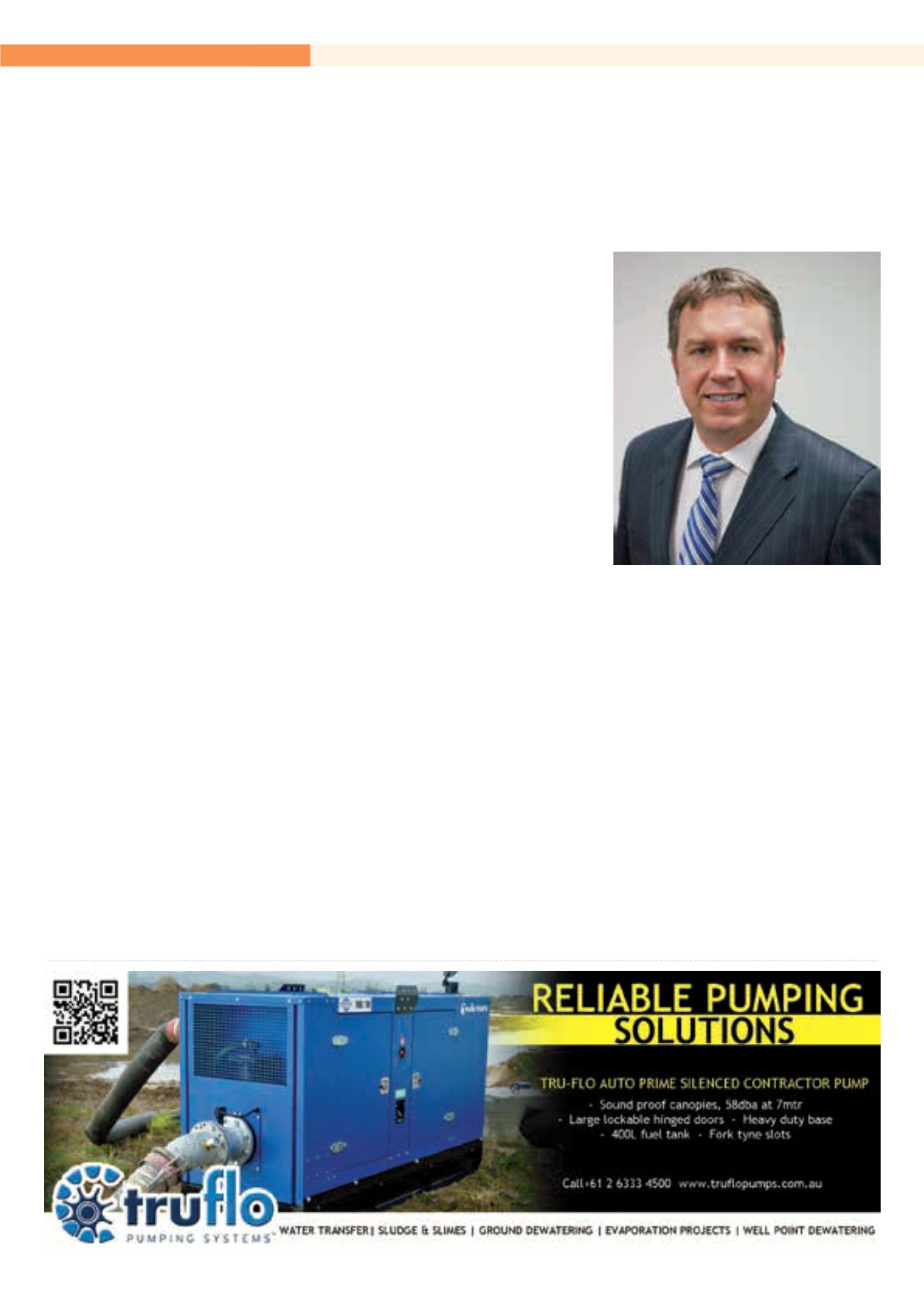
44 | HIRE
AND
RENTAL
NEWS
| NOVEMBER 2013
GENERATORS, PUMPS, COMPRESSORS
The world of events is a fascinating one,
and is often defined by the scale of back-
end work that goes into the preparation
covering every minor detail. Whether
small, large or major, events take many
months (or even years) to organise and
are only successful when the right mix of
service providers are brought into play.
Early planning, an informed selection of
partners and an unwavering commitment
to seeing the project through are critical
to ensuring event organisers build on their
portfolio of success.
Few events would be possible without
the availability of electrical power – a
resource we in Australia take for granted
but are now consuming more cautiously
due to national electricity prices almost
doubling over the past five years.
While some events rely on the supply of
energy from the local grid network, many
others require the additional support of
temporary power providers to allow the
show to go on – either as the primary
source or back-up supply. Selecting the
best energy provision strategy is essential
to guaranteeing the success of the event
and giving the event organiser valuable
piece of mind.
A wrong choice in power packages
could result in a blackout which would
grind the event to a halt and in some
cases compromise television broadcasts
and jeopardise millions of dollars in
revenues such as ticketing, sponsorship and
broadcast licensing dollars.
The Super Bowl earlier this year
featuring the game between the Baltimore
Ravens and the San Francisco 49ers is a
prime example of this. An electrical failure
in the stadium’s power system which
George Whyte, Managing Director for Aggreko
Australia-Pacific
The Power of the Silent Partner
George Whyte, Managing Director, Aggreko Australia-Pacific shares insights about what to look out for when choosing the right
temporary power provider for any event – small or major.
was not backed-up caused a blackout
that lasted for about 35 minutes. Similar
blackouts have taken place in Australia
with floodlights going out during a World
Series Cricket match as well as in AFL
games in years past.
While rental power was used for the
Super Bowl, the contract was specifically
to run back-up power for the national and
international broadcasters and the half
time show, all of which went smoothly.
Had the event organisers extended their
contingency planning to include back-up
power for the whole stadium, it is likely
the show would’ve gone on.
Closer to home; a V8 Supercar
Championship race in New Zealand (held
at Auckland’s Pukekohe Raceway) required
temporary power generators to provide
power to the racetrack. Approximately
4,500kVA was required to power the event
which is enormous when you consider that
an average New Zealand household uses
6kVA per day.
Choosing the right provider was essential
for successfully managing the power
requirements of the event. This meant
everything from the pit garages servicing
the vehicles, to the cash registers selling
memorabilia – right down to the deep
fryers cooking chips. Indeed some events
would not be possible to run without the
usage of temporary power generators.
There are a number of factors to
consider when looking for a reliable
temporary power supplier, such as market
longevity and depth of experience, local
industry expertise, significant team
resources with strong project management
capabilities and a focus on design. Event
organisers cannot compromise on this
essential mix of qualities when considering
their power providers.
In the temporary power sector, many
providers claim to be ‘event experts’, by
offering services either exclusively or as
part of a portfolio of sectors. However
true industry knowledge and expertise can
only be attained by extensive experience
and professional development which
is anchored by a record of customer
references in major events across Australia
and around the world.
These factors ensure the energy provider
is not only able to ‘deliver the goods’ as
promised, but also informs their ability to
manage last minute changes or extreme
circumstances seamlessly and effectively.
Putting together the right teams for
the right projects is essential. The events
industry is beset by complexity on many


